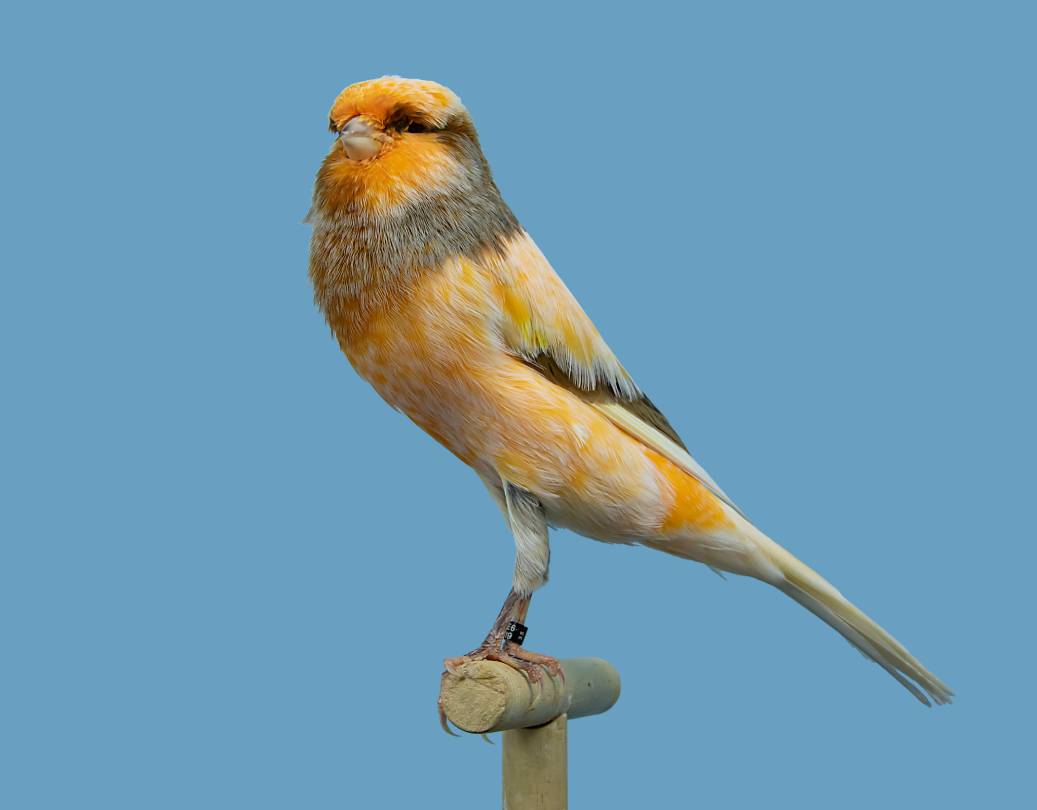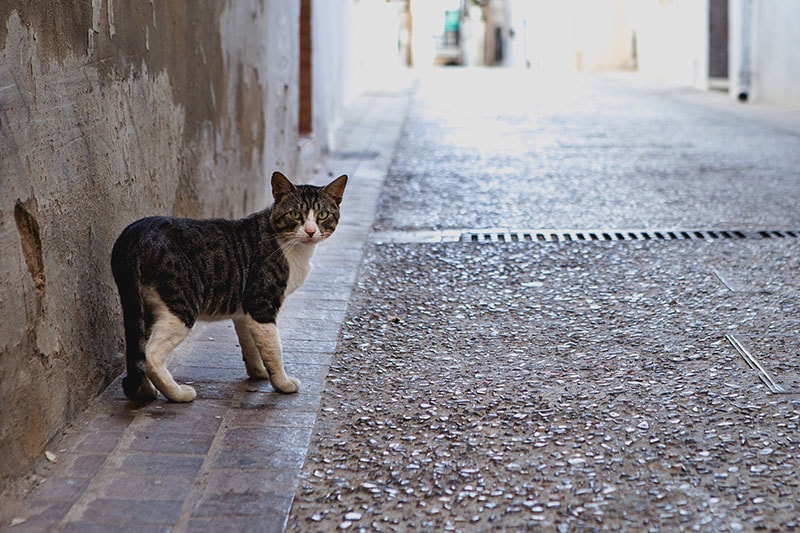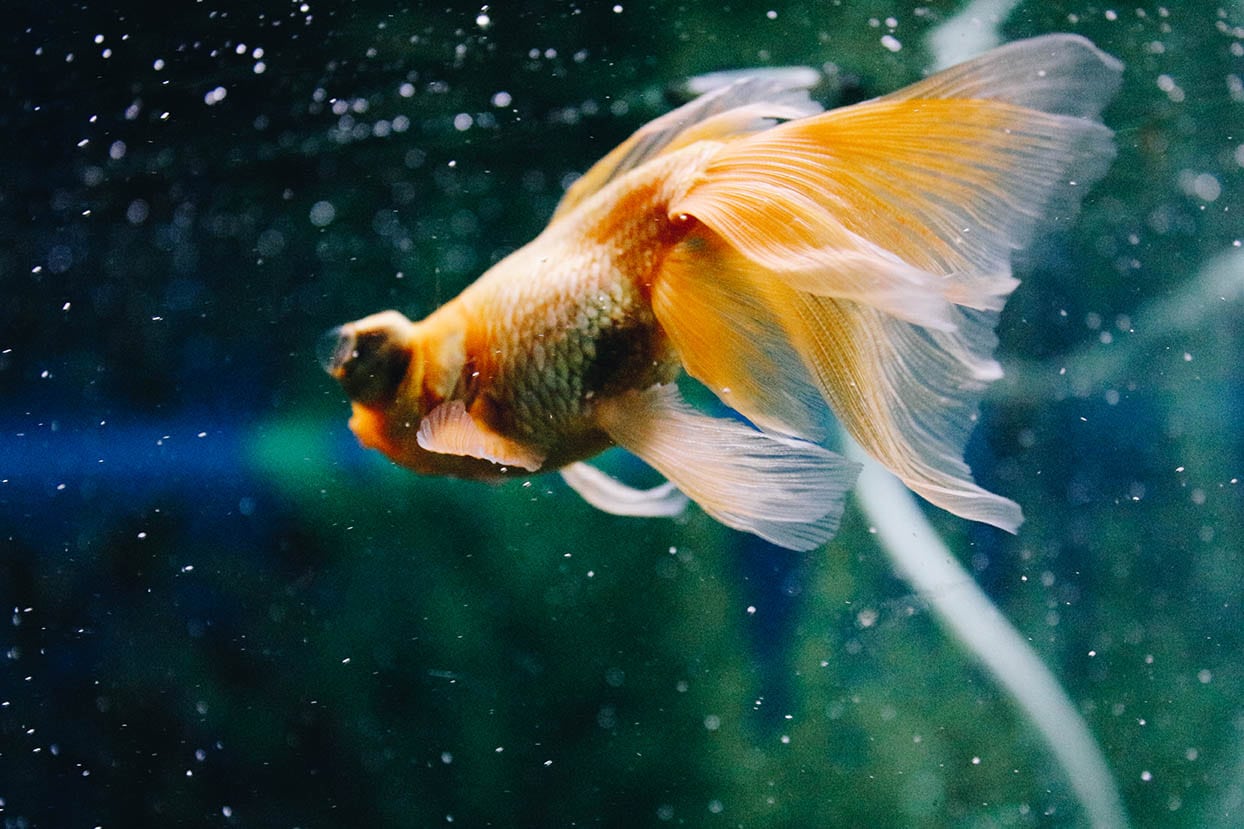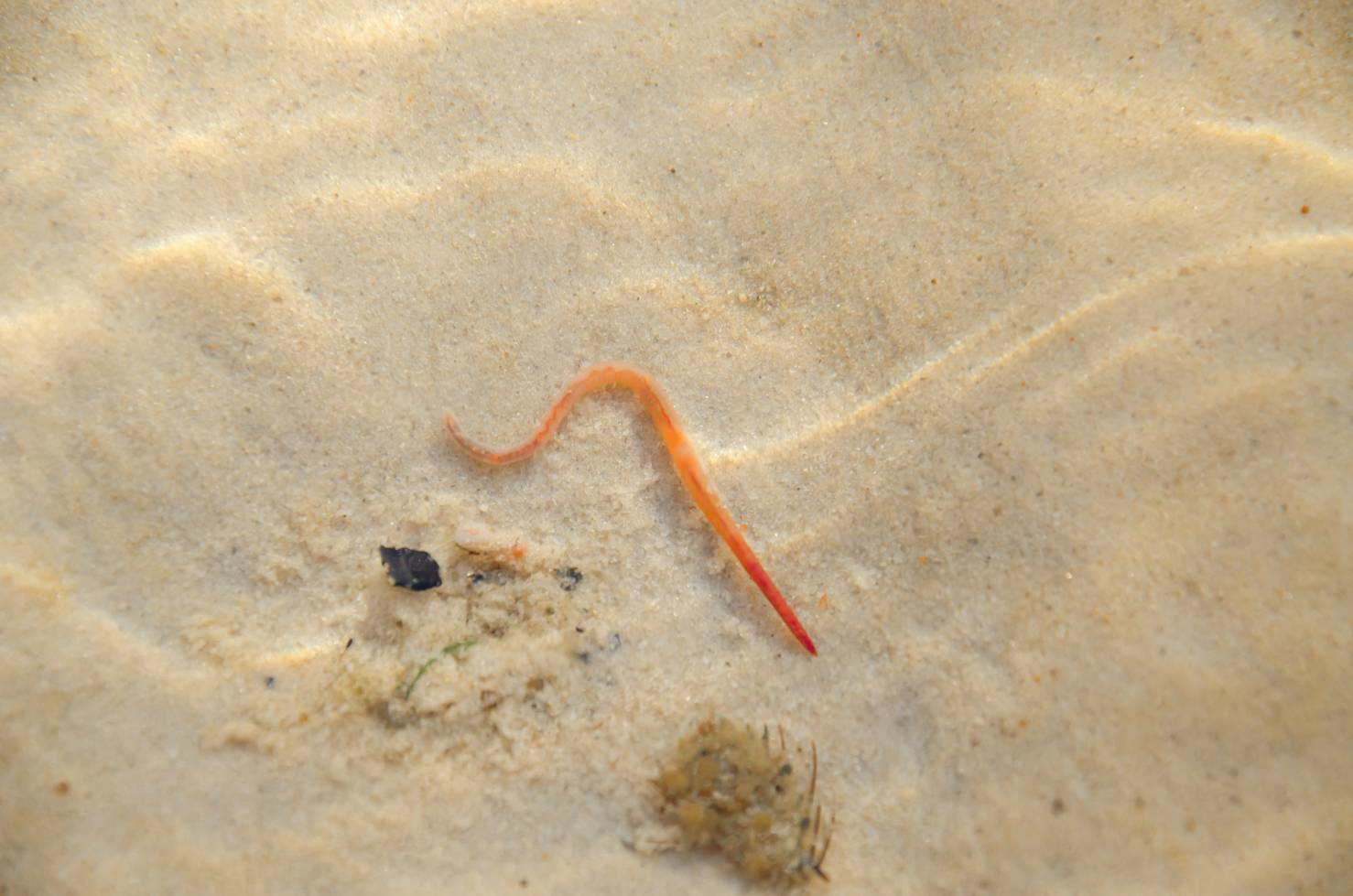Canaries are beautiful and popular birds. Many are bred for color, some for their unique physical characteristics, and others for their angelic singing voices. There are several canary varieties, each with their own distinct and remarkable features.
If you are interested in learning more about canaries, you’ve come to the right place. In this article, we gathered 10 facts about these birds that you may not have known about. Do you want to test your knowledge? Then, read on and see what you know!
The 10 Incredible and Interesting Canary Facts
1. Male Canaries Sing More Often Than Females
Male canaries sing to attract mates, so they sing more than the average female canary. Once a male canary has found a mate, his singing will decrease. Likewise, males sing as a way to mark their territory and keep other creatures out of their space. However, sometimes they sing just because they want to.
There are other reasons a male canary may not sing often, usually linked to a drop in hormone levels. If a male canary has started to sing less than he used to, that could indicate that he is aging or that his molting season has begun. It is also possible that his singing has decreased due to an illness.
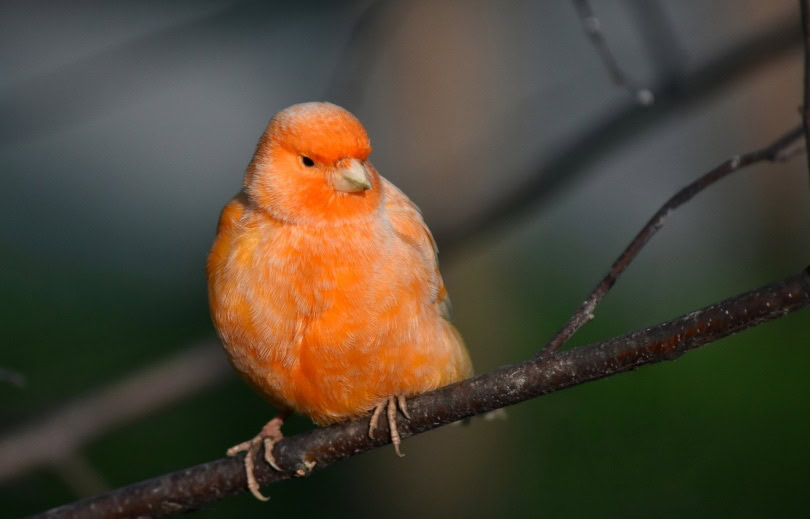
2. There Are Plenty of Varieties of Canaries
There is a common misconception that canaries are yellow-feathered birds with no variety. This misunderstanding may be due to the Looney Tunes character Tweety Bird, who is a plain yellow canary. In reality, canaries come in several colors, shapes, and sizes.
In fact, there are over 200 breeds of canaries. There are color canaries, which are bred to have striking and unique colors; type canaries, produced specifically for their unique physical features; and song canaries, bred for their singing ability. These three subcategories provide plenty of opportunities for variety among the species.
3. Canaries Need Space
Canaries may be small creatures, but that doesn’t mean they can thrive in a cramped cage. These birds require a lot of open space and will be diminished if they do not have room to spread their wings.
The size of a bird’s enclosure can determine the trajectory of their health. Bigger cages provide more room for birds to fly around, allowing them to exercise and entertain themselves. This is especially important if multiple birds are housed together since they need to have their own space.
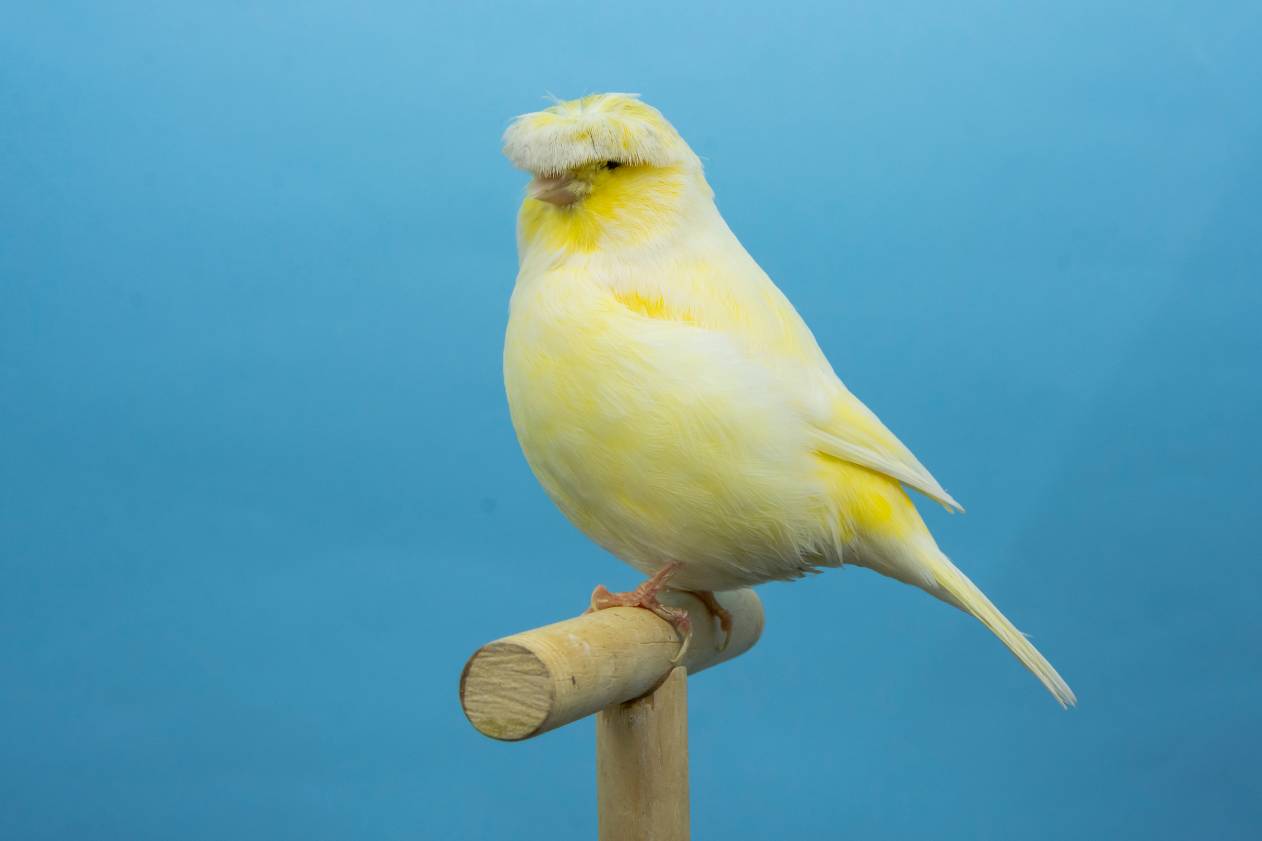
4. Canaries Can Handle Spice
Canaries don’t tend to be extremely picky eaters. They should be fed a steady diet of a good quality seed mixture, but bits of fruits and vegetables make excellent supplements to their regular meals. Even a jalapeño can be a great treat for a canary. Don’t let the canary’s delicate features fool you—these birds will happily eat a spicy pepper! Jalapeños support circulation and are a good source of vitamin A and C, so feeding a piece to a canary can have many benefits.
5. They Originate From the Canary Islands
Some people mistakenly believe that the Canary Islands were named after canaries, but it is the other way around: The birds were named after the island!
The entire canary species (Serinus canaria) originates from the Canaries, which are a string of islands just off the coast near the northwestern portion of the African continent. The canary bird is descended from a line of finches. Eventually, canaries were transferred to North America and South America, and the species grew more diverse. Wild canaries still exist, mainly in Hawaii and Puerto Rico.
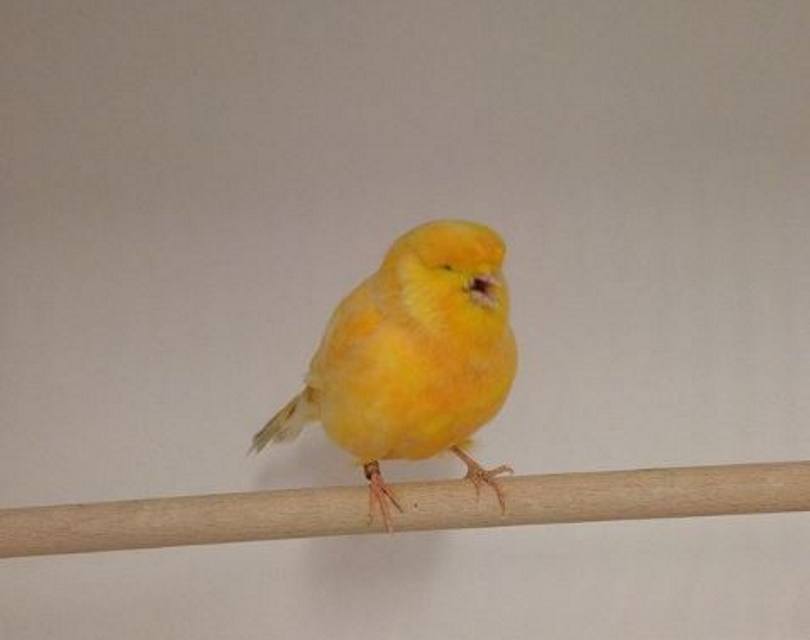
6. There Is a Subspecies of the Domesticated Canary
Canaries have been bred over several generations, which has led to domestic birds with specialized traits and characteristics. Due to the meticulous yet extensive evolution of the bred canaries, scientists decided to differentiate the domestic canary as their own subspecies within the wild canary family. This subspecies is known as Serinus canaria domesticus.
They can be yellow or a variety of unique, flashy colors, including white, pink, and orange. However, yellow remains one of the most prevalent colors of canary.
7. Solid-Colored Canaries Are a Result of Domestication
The solid yellow canary is one of the most popular and well-known canaries, but did you know that the color does not occur in the wild? In fact, no solid-colored canary can be found in nature. Breeders developed the solid-colored canary to breed beautiful pets. That means observing the color composition of a canary’s feathers can help you determine whether they’re domesticated or wild. Of course, domestic canaries can still come in non-solid colors, but wild canaries won’t be found in solid colors at all.
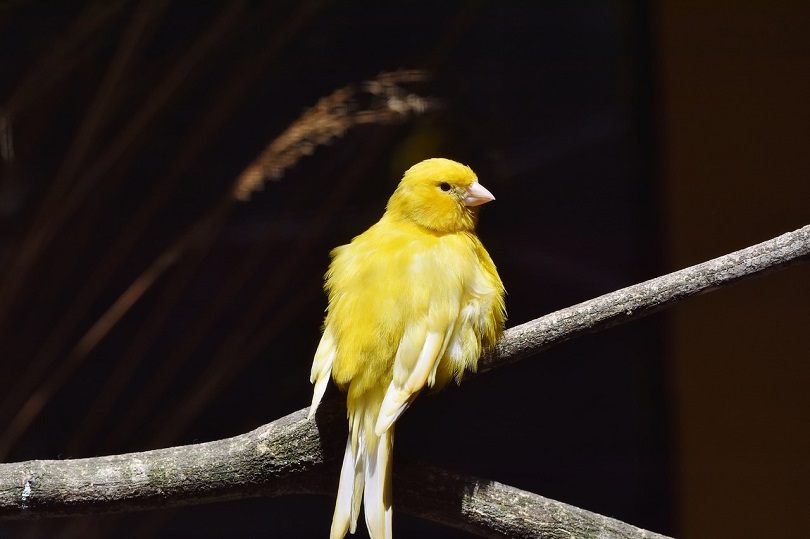
8. Canaries Were Put to Use in Coal Mines
In the early 20th century, canaries were often brought deep into coal mines. This is where the phrase “like a canary in a coal mine” originated.
The canaries weren’t brought into the mines for their company or entertainment but rather to be used as an early warning sign for dangerous and lethal gases, such as carbon monoxide. Compared to humans, canaries intake twice the amount of air with each breath. If poisonous gases were seeping into the air, the mine canary would inhale them quicker than the humans and would therefore show the signs of poisoning before any human would. This would give the miners plenty of time to escape before they succumbed to the gases themselves.
9. There Is a Linguistic Connection Between Dogs and Canaries
It may seem impossible to connect dogs and canaries outside their common role as domesticated pets, but the truth is that a connection already exists.
According to myths, the Canary Islands were named after a man who explored the islands in the 1st century. He discovered that the largest of the islands was packed with wild dogs, leading him to name the island Canaria, based on the Latin word for dog, canis.
Therefore, when the canary birds were found in abundance on the islands and named after the islands, a linguistic connection between dogs and canaries was made!
10. Canaries Have Supported Linguistic Research
Canaries have more links to linguistics than just their relationship with canines. In fact, these birds indirectly helped linguistic researchers develop their findings in the early 1990s.
A 1950 cartoon short called “Canary Row” featured Tweety Bird communicating through gestures and other forms of nonverbal communication. In 1992, Dr. David McNeill used the cartoon when he explored the concepts of how individuals communicate in conjunction with physical motions in his text, “Hand and Mind: What Gestures Reveal About Thought.”
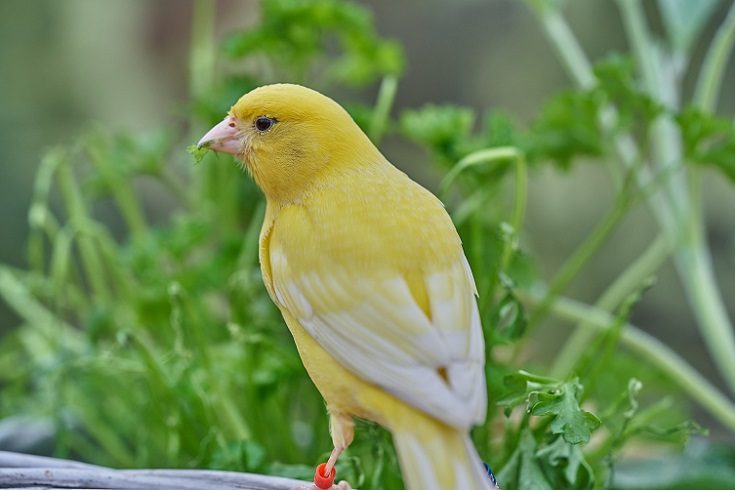
Conclusion
So, how many of these fun facts did you know? Canaries are interesting birds, and not just because of their colors, features, or singing ability. They have a rich and fascinating history that links them to other animals and even to new developments in scientific research. With the sheer variety within the species, there may always be something new to learn about this unique bird.
See also:
Featured Image Credit: Fernando Zamora Vega, Shutterstock
Contents
- The 10 Incredible and Interesting Canary Facts
- 1. Male Canaries Sing More Often Than Females
- 2. There Are Plenty of Varieties of Canaries
- 3. Canaries Need Space
- 4. Canaries Can Handle Spice
- 5. They Originate From the Canary Islands
- 6. There Is a Subspecies of the Domesticated Canary
- 7. Solid-Colored Canaries Are a Result of Domestication
- 8. Canaries Were Put to Use in Coal Mines
- 9. There Is a Linguistic Connection Between Dogs and Canaries
- 10. Canaries Have Supported Linguistic Research
- Conclusion
